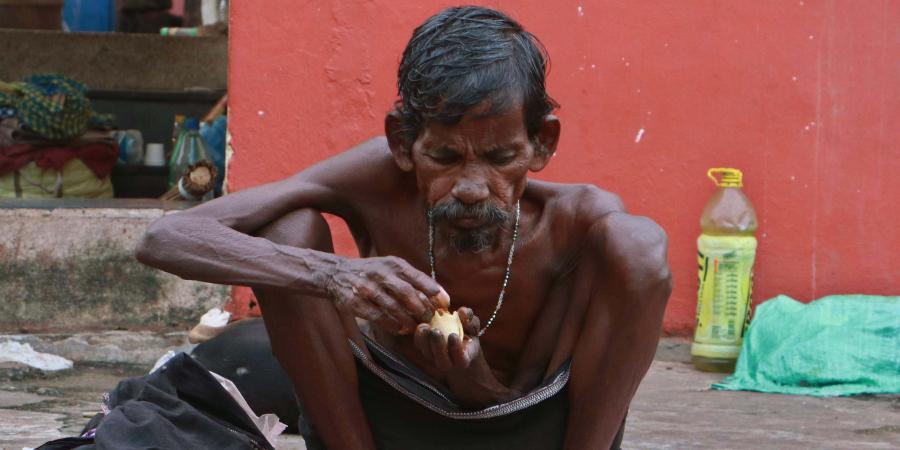India has received the 94th position for the Global Hunger Index rankings performing better than last year’s rank at 102 from 107 countries. However, the country has ranked worst than the neighbouring Asian economies – Bangladesh, Nepal and Pakistan.
The Global Hunger Index, which reveals the global data of the hunger levels and malnutrition was released officially on Friday. Nepal holds 73rd position, whereas Bangladesh ranked at the 75th position and Pakistan took the 88th rank.
As per the reports and data given by Welthungerlife and Concern WorldWide, India is encountering serious hunger levels with score of 27.2. The activists advocating for food security termed the report an outcome of the harsh reality of the country and iterated on the failure of the government to address the rising hunger needs of the country.
The report reviewed the conditions of 132 countries but the data revealed was only reflecting only 107 countries. The Covid-19 pandemic has triggered food and nutrition deficiency for many and its effects will be an impact on the future, said the report.
Sachin Kumar Jain, working on the Right to Food Campaign stated, “The prevalent development framework is disconnected from the issue of food security. The government should adopt an honest approach to the issue of malnutrition and hunger in order to tackle the problem. The index shows we have taken a wrong route for development.”
Arvind Singh, advisor at NGO Matri Sudha quoted, “The cycle of malnutrition becomes irreversible by the age of 2 years. Malnutrition in this age group is largely the result of inappropriate care, inadequate nutrition, and lack of access to healthcare services during pregnancy. We need to develop a framework starting from pre-pregnancy till two years of a baby’s birth with a major focus on home-based care to fight this.”
The report further added, “Data from 1991 to 2014 for Bangladesh, India, Nepal, and Pakistan showed that stunting is concentrated among children from households facing multiple forms of deprivation, including poor dietary diversity, low levels of maternal education, and household poverty.”



